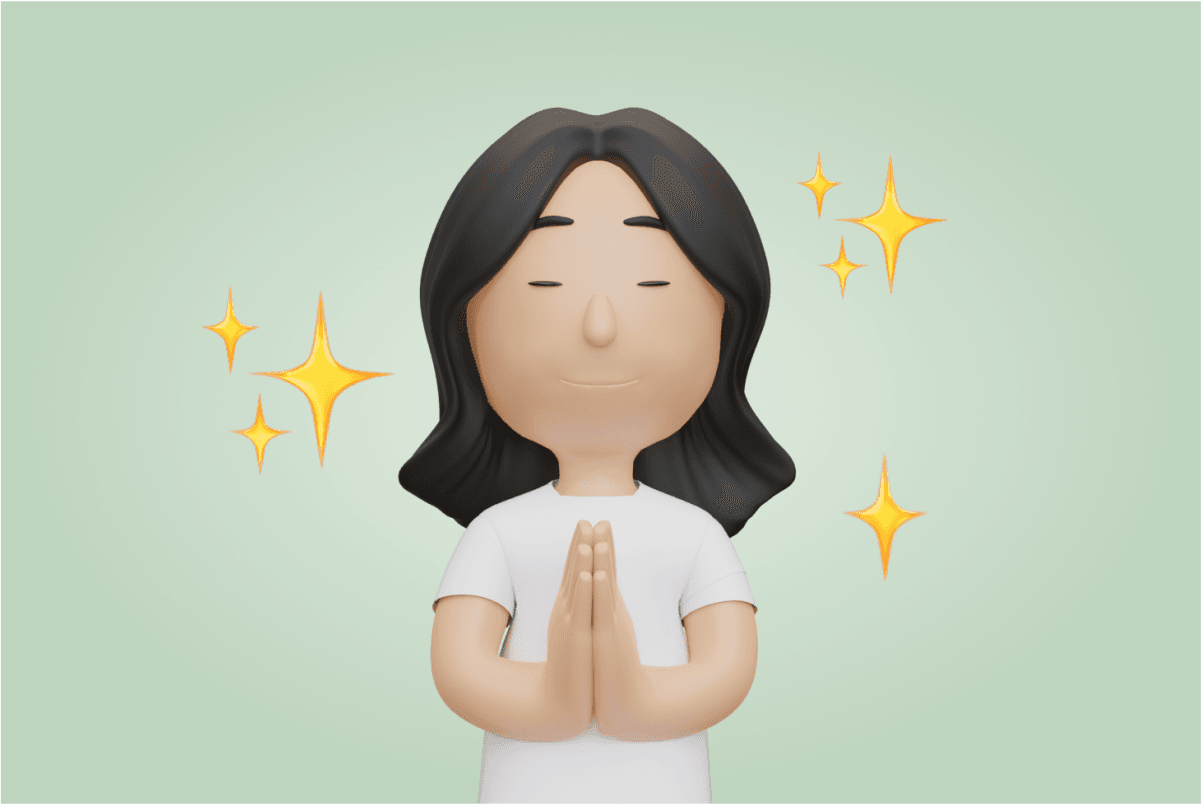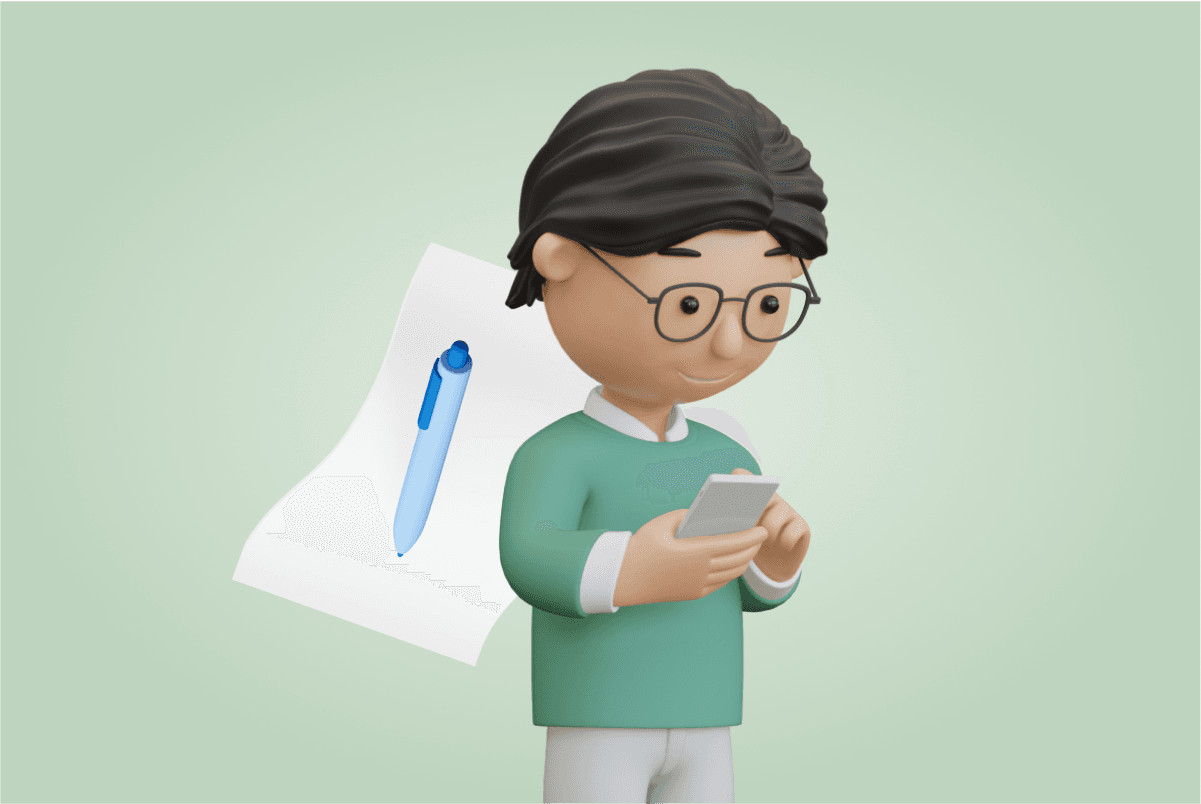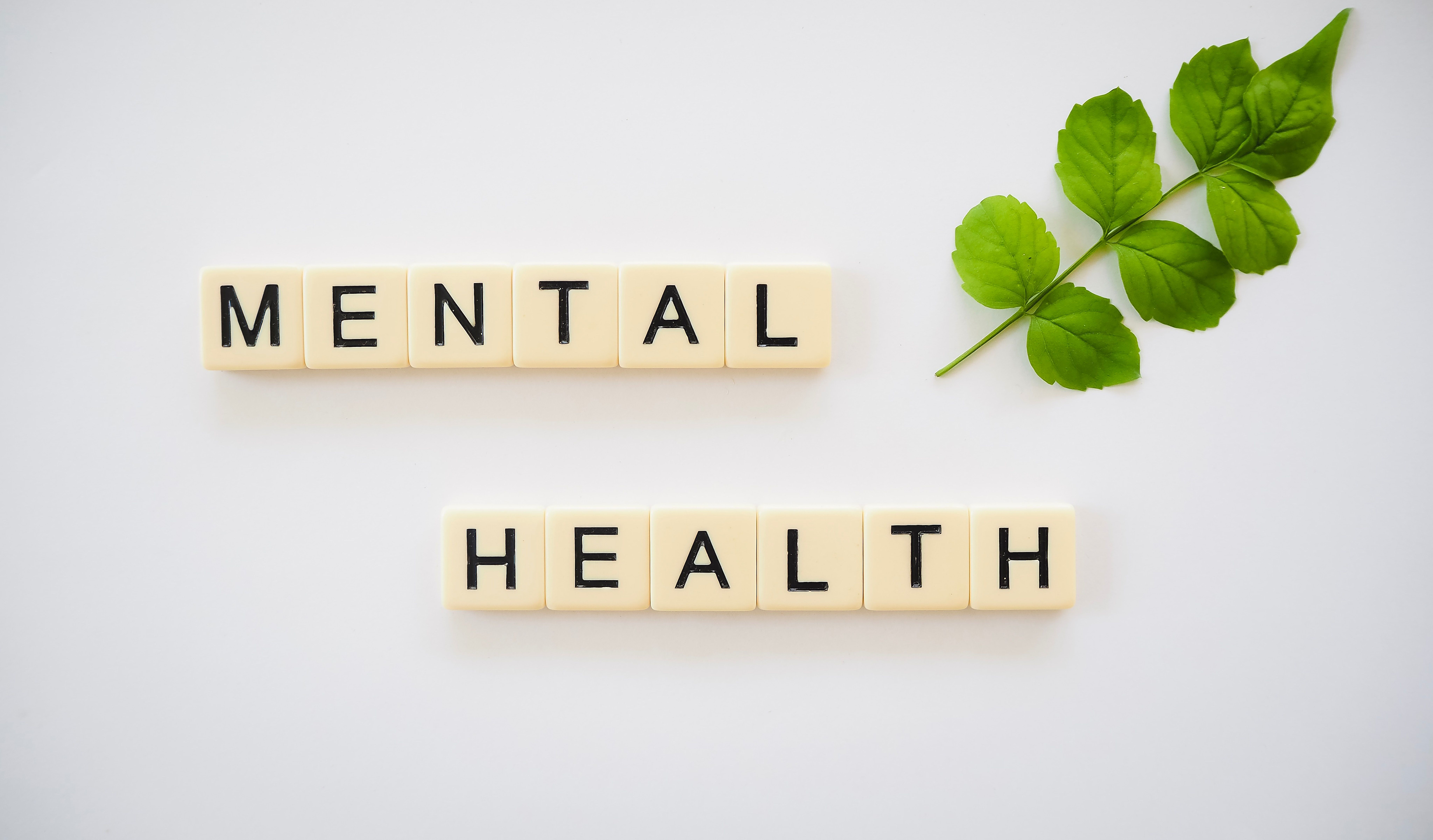Journey Through Anxiety 04: The Thought Record Technique
People often talk about anxiety in everyday conversations, but to better understand it, we need to look more closely at what it means, how it shows up, and how it's different from its close cousins - fear and stress.
What is Anxiety?
At its core, anxiety is an anticipation of future danger or misfortune, often accompanied by physical signs. In simple terms, anxiety is when you worry about bad things that might happen in the future.
- Psychological Traits: unwanted and disturbing thoughts or concerns, a tendency to avoid certain scenarios, being nervous or restless, difficulty concentrating, irritability, being on edge, etc.
- Physical Signs: nausea, sweating, trembling, dry mouth, dizziness, rapid heartbeat, inconsistent sleep patterns, etc.
Distinguishing Anxiety:
- FEAR: While both anxiety and fear share similarities, fear reacts to present threats - real or imagined. Fear is what happens when we face a current danger, like when we see something scary and react right away. On the other hand, anxiety is when we worry about things that might happen in the future. The reasons behind anxiety are usually not clear or definite. Watch this video for a brief overview.
- STRESS: Stress is similar to anxiety, but it usually has a clear reason, like a big work project you have to do. After the stressful event is over, your stress goes away. Anxiety, on the other hand, sticks around, often even without a clear trigger. This video provides more insight.
'Normal' Anxiety:
It's natural for anxiety to show up once in a while, and it can even be beneficial. It motivates us to solve problems and keeps us alert. But for some people, anxiety doesn't go away and affects their daily life. If you're dealing with long-lasting anxiety, we genuinely hope our app can help you with your anxiety. In addition to using our app, we advise seeking guidance from professionals like your GP, psychologist, or psychiatrist.
Conclusion
Understanding the differences between anxiety, fear, and stress is important for emotional clarity. When we learn more about anxiety, we can deal with its challenges better.
And if you want to go further in your journey through anxiety, take a look to our next article on practical tools and techniques for reducing anxiety.



